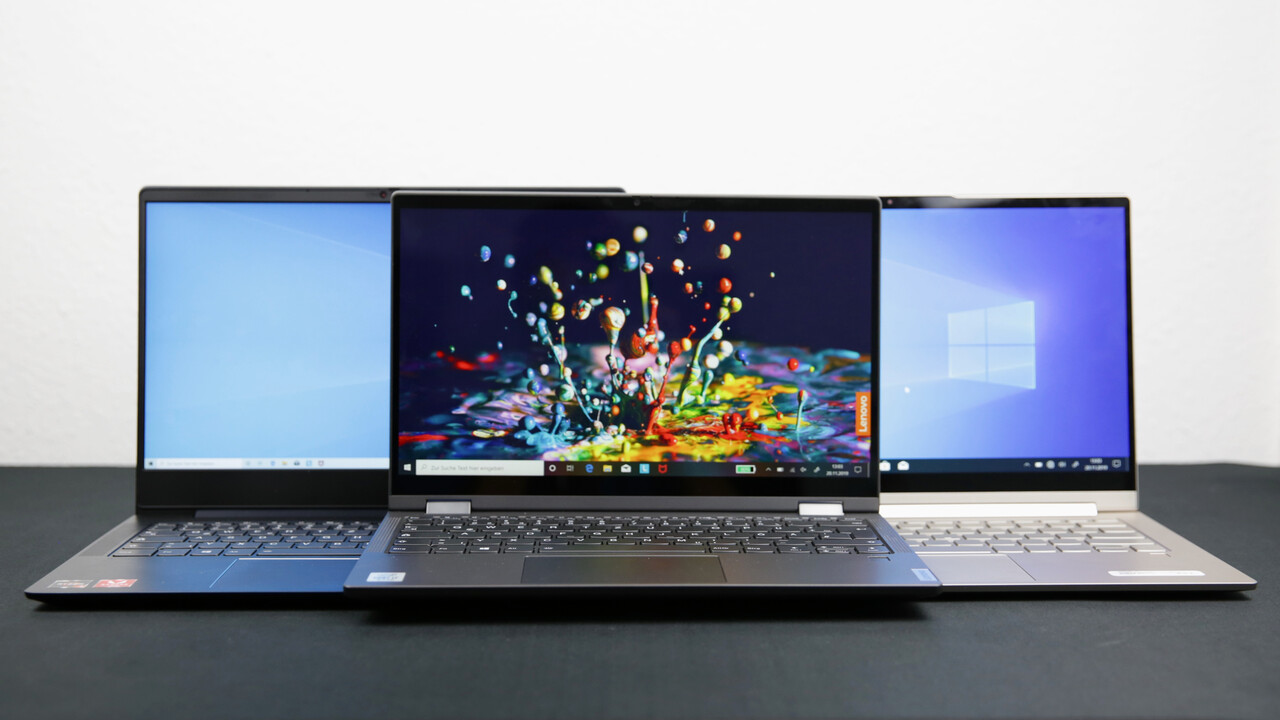That would probably increase base (read: idle) power draw versus a stricly-monolithic design. Bad for the laptop segment.
If its for the desktop segment like he says only then it probably makes sense. The question is whether Renoir is flexible enough to do that. Because they'll need to have 3 different chips(not to mention the various core configurations).
1. Desktop/Server without iGPU and MCM
2. Desktop APU with iGPU/IO on a separate die
3. Mobile APU that's monolithic
It looks like they are not easily amenable to making different dies as Intel's Core chips, and dual core APU dies are just two core disabled versions of the base quad core chip.
Skylake for example has 5 different dies just for client. While it isn't exactly cut and paste, everything is arranged in a way so it can be easily cut at the schematic level to make different configurations. Ring and Mesh IO both contribute to making it easier. Even their graphics cores emphasize greater scalability every generation.
Then again, Intel owns fabs and their dual cores probably ship in the dozens of millions of units every quarter so they have every reason to make it as scalable.
1.7w seperates the two during the anandtech battery test. That's all out takes to post crap run time numbers on these light use tests
It'll be good if they can do it but 1.7W is not a small amount to cut.
It's also not just about idle power, while very important. Icelake XPS achieves amazing idle battery numbers, but at load its worse than Cometlake:
https://www.notebookcheck.net/Hot-I...op-Review.434484.0.html#toc-energy-management
*I also question the way sites like notebookcheck uses AC power numbers to compare battery life. Anandtech actually does it the correct way, by measuring battery discharge. You can see from calculating the 7390 2-in-1 discharges at a rate of 1.4W while power consumption measured is at 3W. Clearly not the same thing.*
My guess is that its easier to knock off Icelake systems from the ultra low idle power state, or that its having a harder time transitioning between idle and load states as readily. Whether its a fundamental issue or due to being a brand new platform in 4 years(Skylake forever!), I don't know.
The difficulty is actually achieving better battery life, rather than good numbers on some contrived benchmark tests, like the idle-only test.
We know Intel can do
much better. ARM WoA systems get 30-50% better per watt-hour of battery.



